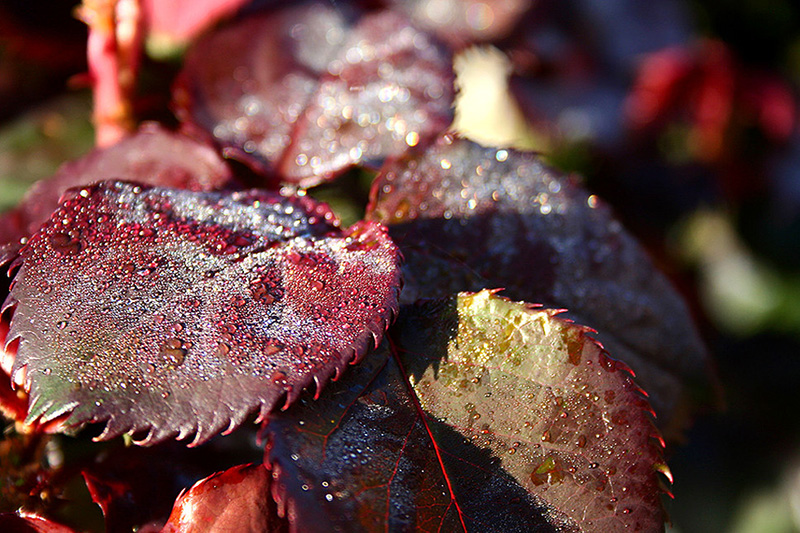Vernalisation (Low Temperature)
Many plants such as winter annuals, biennials and perennials require a cold temperature treatment before flowering will commence. The process of exposing plants to a period of cold to initiate flowering later is called vernalisation.
Vernalisation is often partnered with photoperiodism (a requirement for a certain day length before flowering commences). Since day length can be an ambiguous signal in spring and autumn, the combined requirement for a cold treatment guarantees that flowering occurs in spring and not late autumn (Thomas 1993).
The most common combination is the requirement for a cold treatment followed by a requirement for long days, which leads to summer flowering.

There are some plants such as chrysanthemums which require short days after vernalisation. Flowering does not have to occur immediately after a vernalisation event. For instance, henbane (Hyoscyamus niger) can remain vernalised for up to 300 days after a cold treatment ends.
Different species of plants become responsive to vernalisation at different ages. Some winter cereals can be vernalised as seeds, provided that they have imbibed (soaked up water in preparation for germination) and are metabolically active. Others will not respond until they reach a particular size.
Vernalisation takes place in the apical meristem (the actively growing regions at the tip of branches or at the top of rosettes). Experiments where only the apical meristems were chilled still led to flowering in plants requiring vernalisation, even though the rest of the plants were not chilled. Chilling leaves generally has no effect (Atwell, Kridemann & Turnbull 1999).
Sometimes the position of the meristem can affect how long the period of vernalisation needs to be in order to stimulate flowering. In Geum, the vernalisation period is 2-3 months while in the terminal apex it is one year.
The mechanisms behind vernalisation are not well understood. Oxygen and sugars are required but their role is unclear.
For some species, the genetics of vernalisation is understood and is quite simple.
Hyocyamus only has one locus which differentiates the annual form from the cold-requiring perennial form. In other species, it is a little more complex; hexaploid wheat has three genes (Vrn1, Vrn3 and Vrn4) which are involved in vernalisation. It has been suggested that the products of these genes are floral induction inhibitors and that vernalisation switches these genes off. Alternatively, it has been postulated that these genes stabilise vegetative growth (see Phase Change).
In 2000, an important genetic discovery was made by CSIRO scientists Dr. Liz Dennis and Dr. Jim Peacock who found in Arabidopsis that a gene called the Flowering Switch Gene (FSG) controlled whether Arabidopsis would flower when exposed to a cold period. When Arabidopsis is vernalised, the FSG is deactivated (switched off) and flowering commences. If the plant is not vernalised, then the gene remains active and inhibits flowering. The FSG was also found in canola.
The effective temperature range for vernalisation is usually considered to be between 1°C and 10°C, with the optimum for each species usually being between 1°C and 7°C. However, in some tropical species such as mangoes, avocadoes and lychees which come from climates where near-freezing temperatures are rare; flowering is stimulated if temperatures remain between 10°C and 20°C. A comparative equivalent!
Although there are many species which require vernalisation, in some species another floral stimulus can act as a substitute. In Canterbury Bells (Campanula medium) short days (a photoperiodic response) will override any requirement for a cold treatment. Photoperiod and vernalisation are regarded as alternative pathways to flowering in Canterbury Bells because of this ability to substitute between the two to achieve the same result.
Next: Hormomes
